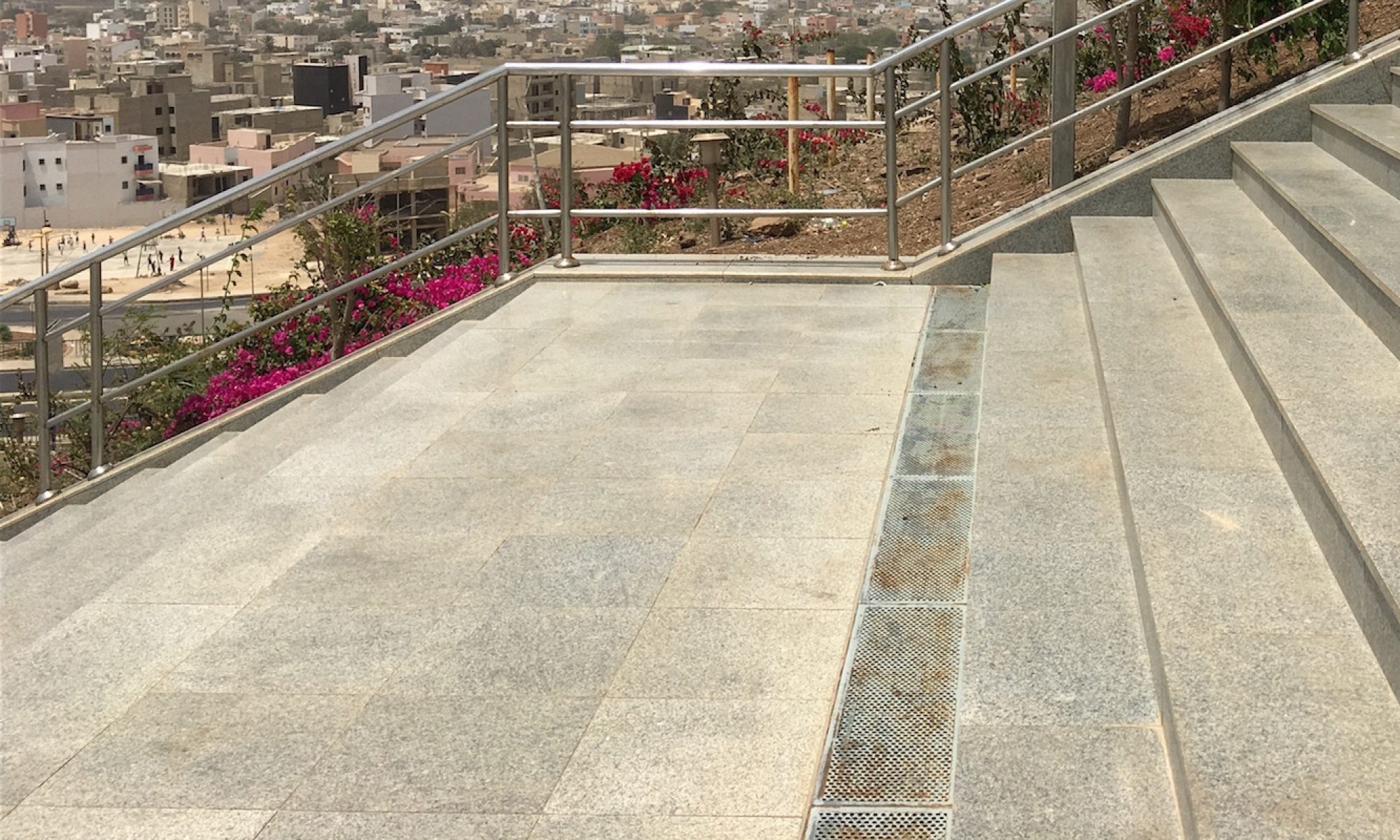Currently in my Child Development class we are learning about emotion. In class, we discussed the importance of framing what you say to a child and validating that child’s feelings. The textbook gave an example; if a young boy falls and starts to cry, a parent might say “big boys don’t cry.” The parent is probably trying to help their child, trying to tell them that they’re going to be okay. However, this can be detrimental because it tells the child that their feelings aren’t valid. Telling a child that big boys don’t cry is telling him that he shouldn’t be crying. Next time the child falls the hurts himself, he may automatically start to cry as a reflex, and then get frustrated because he thinks that he is not supposed to cry. What a parent should do instead is validate the child’s feelings, saying that it’s okay to cry and ensure the child that it’s only a small pain and will get better soon.
While discussing this in class, I thought of “The Power of Realistic Expectations.” Both my Child Development class discussion and this article have to do with the mindset of individuals and how that can affect how they develop, whether that development is emotionally or academically. Specifically, “The Power of Realistic Expectations” shows how society’s treatment of a student’s situation, whether it be minority stereotypes or students on academic probation, affects a student’s perception of a situation and perception of their own abilities. The article shares how students were “exposed to the idea that intelligence, rather than being a fixed trait, is something that grows over time and can be developed with effort.” I really liked this quote and think that it can be connected to everything in life. Specifically, with the writing and revision process. At first glance upon any negative feedback for blog posts, blood child essay, or any from any other class, I, as I assume many others do, get really frustrated and label myself as a bad writer. However, after putting the work away and going back to it later, I realize that I was being irrational; the feedback is important, it is not saying that I am bad as writing, rather, that there are things that I can improve upon to make my writing stronger. Critiques are something that we should want, in whatever we do, because they make us better. Confidence and mindset were emphasized so much in the article; how one thinks of themselves affects their thoughts and actions about other situations. It was so interesting how even changing the capitalization of the letters, from Academic Probation to academic probation, changed the affects. Rewording the letter changed the outcome because rather than seeing the situation as fixed and something that defines them, students started to see it as an obstacle that they can overcome. This furthermore connects to one of Geneseo’s Global Learning Outcome’s, “Leadership and Collaboration” which states that one of the goals is, “to experiment, take risks, and learn from mistakes.” When students start to perceive their “failures” not as failures, but as opportunities for growth and development, they start to believe in themselves and their ability to improve.
